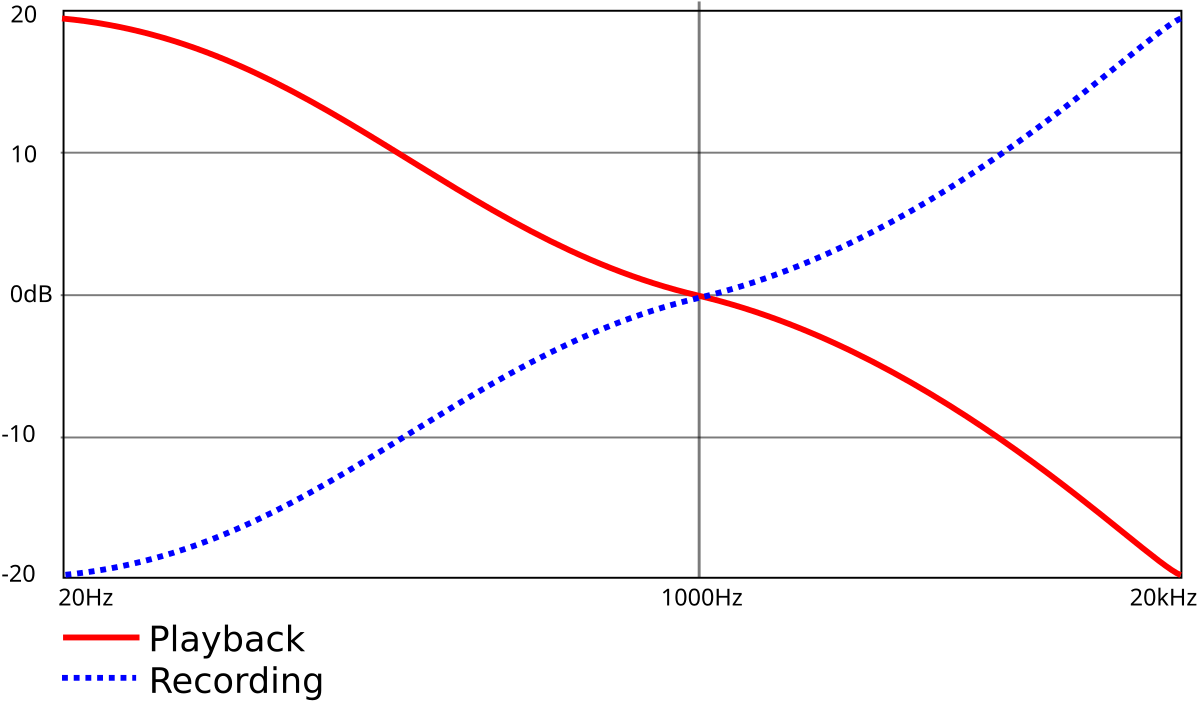Well, I'm in entire agreement with this.
But, this goes much farther. Stereo (2 channel audio, not what Harvey Fletcher called "stereo") can not possibly carry enough information to actually provide anything like a "real" performance environment, no matter how it's presented. In 1933, Steinburg and Snow showed, conclusively, that a third center channel (which, by the way, carries most of the "load" in energy terms) is necessary to salvage distance cues from the HRTF interference from the left and right speakers (although some of that interference can be mitigated by side reflections, which add other problems, of course) to each ear. This is even for "head in vice" listening. Even for only perceptual close similarity, more than 3 channels is required, although 3 can do a good job of the front, as well as substantially widen the listening area. The current use of "center channel" ignores clear, obvious understanding going back 89 years at this point.

THAT leaves out the fact that in any natural acoustic (including being in the audience of an electronically supported performance) everyone moves their head around in their space,


